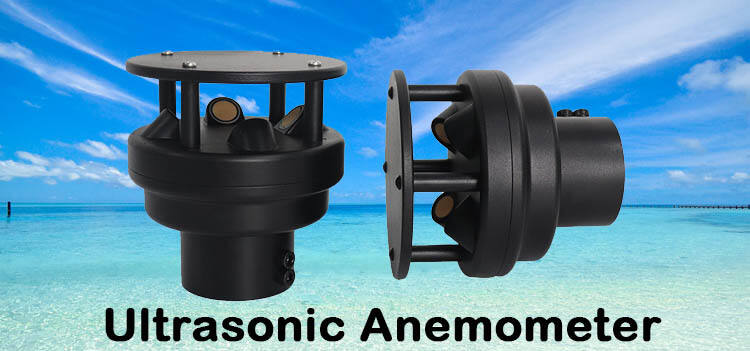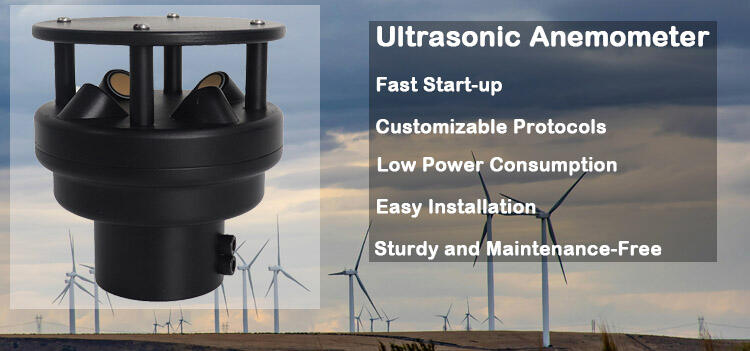In many fields such as wind farms, smart agriculture, urban environmental monitoring, building automation, etc., wind speed and direction are no longer just weather data, but also key factors affecting equipment operation, crop growth and even public safety. How to obtain this information scientifically and effectively? "Using anemometer" is the key to unlocking this kind of core data.
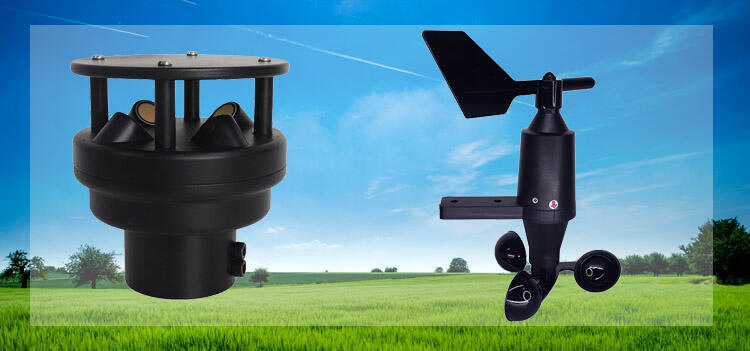
Starting from the principle: choose the right anemometer
In practical applications, anemometers are roughly divided into two categories:
Mechanical anemometers: The direction and speed of the wind are sensed through structures such as wind cups and wind vanes. The structure is intuitive and the cost is moderate. It is suitable for agricultural and basic meteorological monitoring scenarios.
Ultrasonic anemometers: The difference in ultrasonic propagation time in the air is used to calculate wind speed and direction. It has faster response and higher accuracy. It is suitable for projects with high requirements for data real-time, such as wind farms or smart city meteorological nodes.
Choosing the right equipment is the first step to effectively using anemometer.
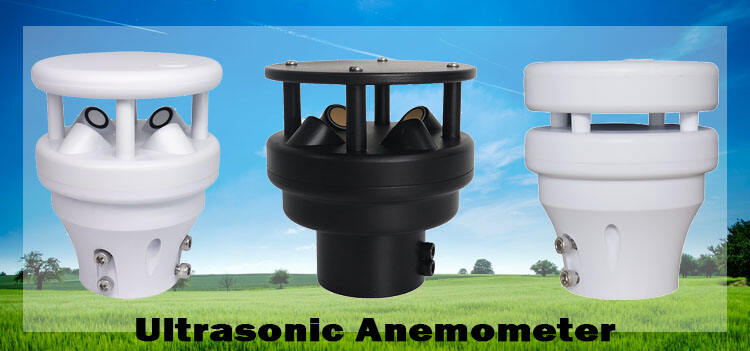
Typical application scenarios: where using anemometer matters
Wind power industry
In wind farms, real-time monitoring of wind speed and direction helps wind turbines accurately face the wind, improve power generation efficiency and reduce structural fatigue. Ultrasonic anemometers have become one of the industry standard configurations with their advantages of no mechanical wear and fast response. Using anemometers to accurately grasp wind changes is the core component of smart wind power control systems.
Smart agriculture
The sensitivity of crops to wind cannot be ignored, especially in sprinkler irrigation, pesticide application, and shed ventilation. Deploy anemometers at the edge of farmland, collect data and upload it to the agricultural Internet of Things platform, and adjust the system in real time to reduce crop risks and increase yields. Correct use of anemometers is a part of promoting precision agriculture.
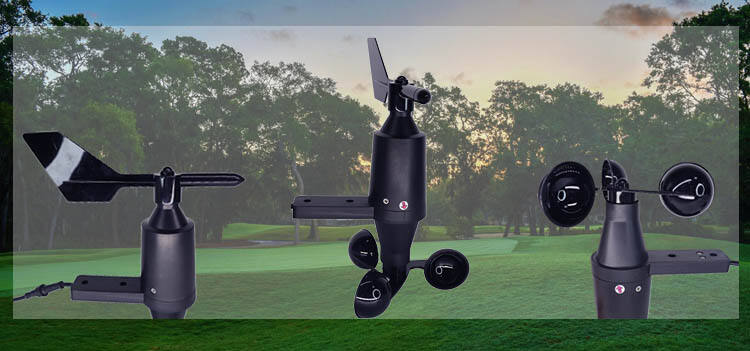
Smart city microclimate perception
Air flow in cities is complexly affected by building layout, and conventional meteorological stations are insufficiently covered. Deploying ultrasonic anemometers in key sections or communities can help monitor pollution spread, assess the heat island effect, and provide wind field data for emergency management. Using anemometers in urban monitoring is gradually becoming a standard feature of digital cities.
Bridge and tunnel wind control system
The entrances and exits of bridges and tunnels on highways are often affected by sudden strong winds. By deploying anemometers and wind direction meters, combined with control systems to limit speed, divert or warn, the level of road safety can be effectively improved.
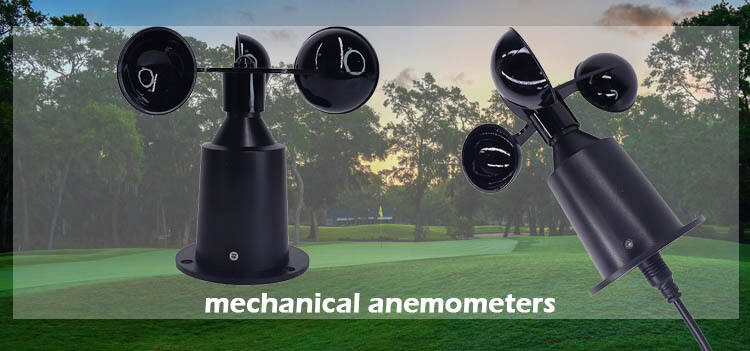
How to use anemometer correctly?
Installation environment selection:
The equipment should be installed away from obstacles and in an unobstructed and naturally air-flowing location. Such as the top of the wind turbine cabin, high poles in farmland, urban roofs, etc., to ensure that the collected wind is "real wind".
Direction calibration:
For ultrasonic equipment, it must be ensured that it is aligned to the true north during installation to avoid wind direction angle deviation. The accuracy of wind direction data directly affects the quality of back-end analysis.
Daily maintenance:
Mechanical type: Check the bearings regularly for wear and keep the wind cup/wind vane flexible;
Ultrasonic type: Pay attention to the cleanliness of the sensor surface to prevent dust, bird droppings, and ice from affecting the measurement.
The real value of using anemometer lies in how it helps various industries perceive the existence of wind, predict wind changes, and adjust human behavior. From controlling the angle of wind turbine blades to determining the timing of farmland irrigation and improving the accuracy of urban weather modeling, a small anemometer is supporting large-scale smart systems. Only by using it scientifically can we truly master the power of wind.

 EN
EN
 AR
AR
 BG
BG
 HR
HR
 FR
FR
 JA
JA
 KO
KO
 PT
PT
 RU
RU
 ES
ES
 ID
ID
 VI
VI
 TH
TH
